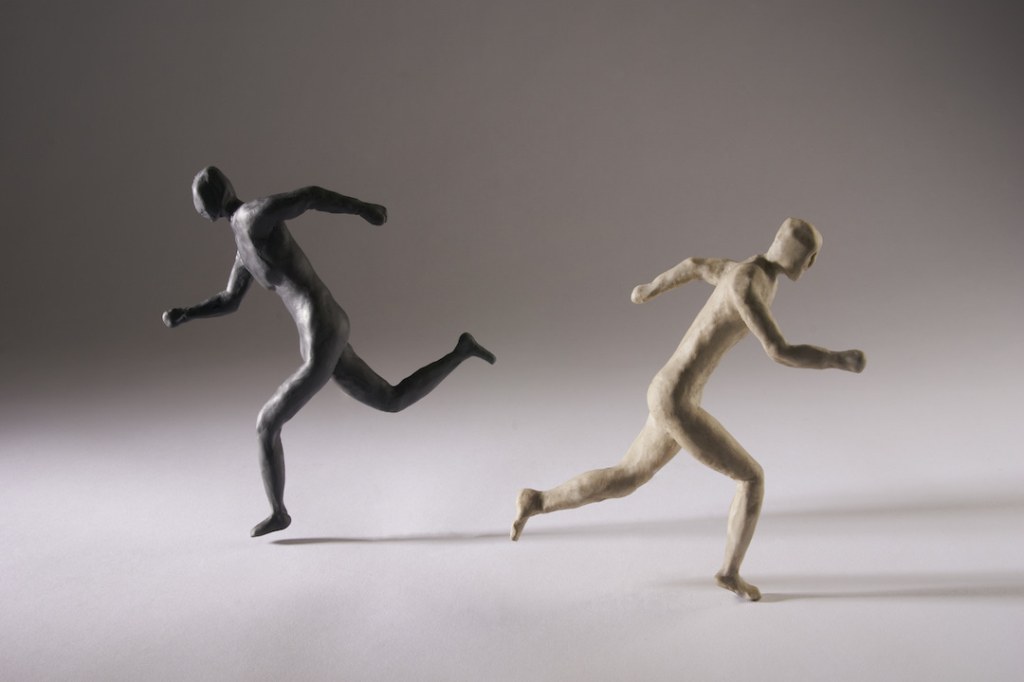
The image of a bipolar person with anger issues is something that has been perpetuated through the media for years; however, it is also very stigmatizing and not necessarily correct. Though people with bipolar disorder struggle with emotional regulation and may have trouble managing feelings like anger or irritability at…










